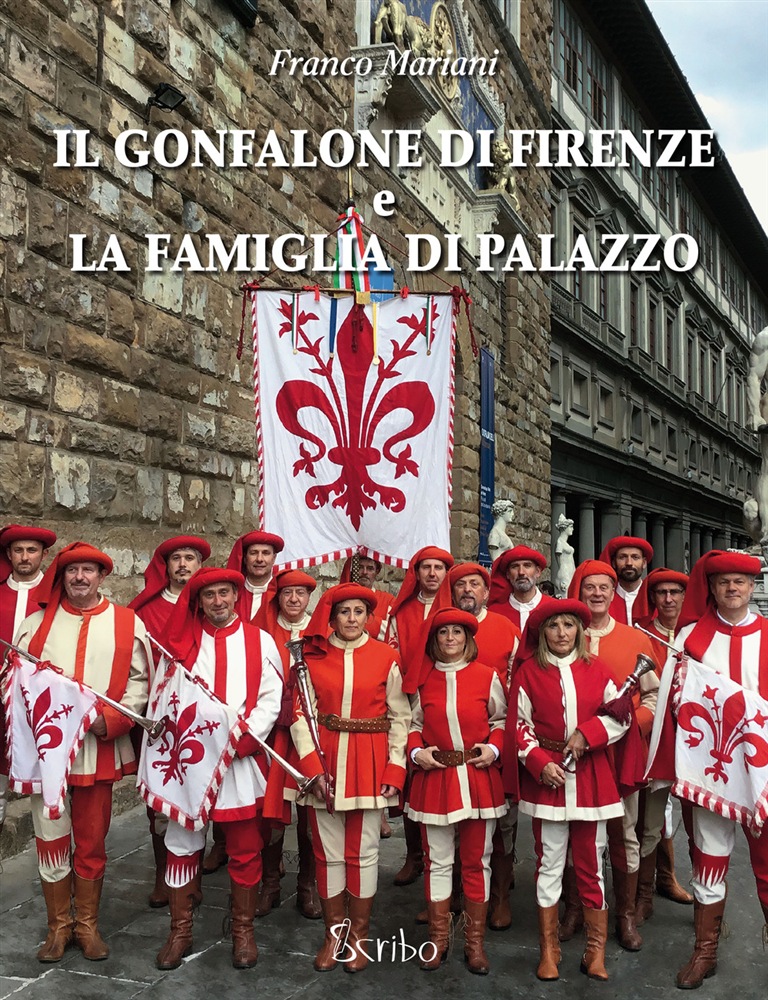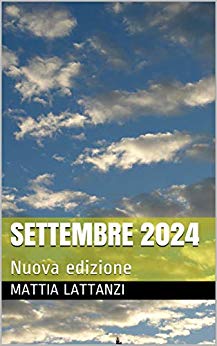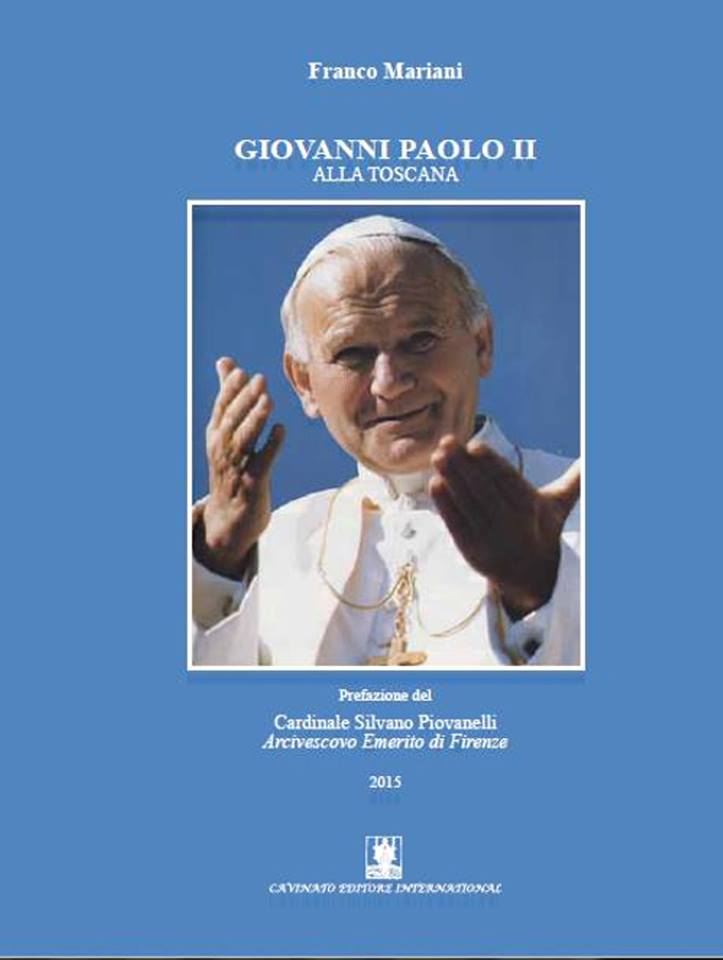Buonconvento: medieval village at the heart of the Crete Senesi
The medieval town of Buonconvento is enclosed within a wall of brick with hanging arches at the top, realized in 1379 on the order of the Governors of Siena and funding, in origine, only two access doors along the main street of the village: Porta Senese on the north side, to Siena, that still has the original wooden doors with iron fittings, and Porta Romana, verso sud, destroyed in 1944 by the retreating Germans.
The name derives from the Latin bonus conventus and has the meaning of community happy, Lucky: a good gathering of people who enjoy the fertility of the land and the advantages arising from the proximity of the rivers Arbia and Ombrone, as well as the excellent position near the ford of the river on the important Via Francigena or Romea.
Here travelers interrupted the journey for lodging and refreshment.
Remained virtually unchanged for centuries, the village has undergone considerable change in the early years of 1800, with the construction of buildings behind the walls, including the Theatre of the Resurrected. The oldest part is crossed, of the nord sud, Via Soccini, named in memory of the family that counted among its members distinguished jurists as well as a couple of heretics, which was responsible for the organization of various doctrinal heretical movements that developed during the sixteenth century, who took the name of Socinianism.
The City of Buonconvento houses three museums on the territory very important and interesting: the Museum of the Sienese Mezzadria, the Museum of Sacred Art of the Val d'Arbia and the Oratory of the Brotherhood of Mercy.
The church of St. Peter and Paul: historical information in the report that 1313 died in this church Henry VII Emperor of the Holy Roman Empire. A small marble stone, on the left side of the facade, carved with a cross, bears the date 1103, which could correspond to the year of its foundation. In the eighteenth century the church inside was completely renovated in neo-Classical style, while the current façade in brick, with ornaments in travertine, è del 1723, and the current tower was rebuilt in the early 1800.
Inside there are some colorful work of the Sienese school, including a painted panel depicting the Madonna and Child by Matteo di Giovanni of the fifteenth century; a panel painted by Pietro di Francesco Orioli of the fifteenth century; a fresco by Sano di Pietro of the fifteenth century depicting the Coronation of the Virgin.
Gastronomy and related. All the wines of the area are Doc: White Val d'Arbia, version also Vin Santo, the Orcia red and white, the grapes of which a good novel.
Memorable scents are emitted from the white truffle of the Crete Senesi, unforgettable as is the veal local, obviously Chianina.
The triumph of the Tuscan means tables laden with cold meats, Bruschetta, panzanella, fettunta, pappa al pomodoro, pici with crumbs, pappardelle with hare sauce, noodles with chick peas, pork loin with beans toscanelli.
Michael Lattanzi
By the number 31 – The Year of 17/09/2014







Follow Us!